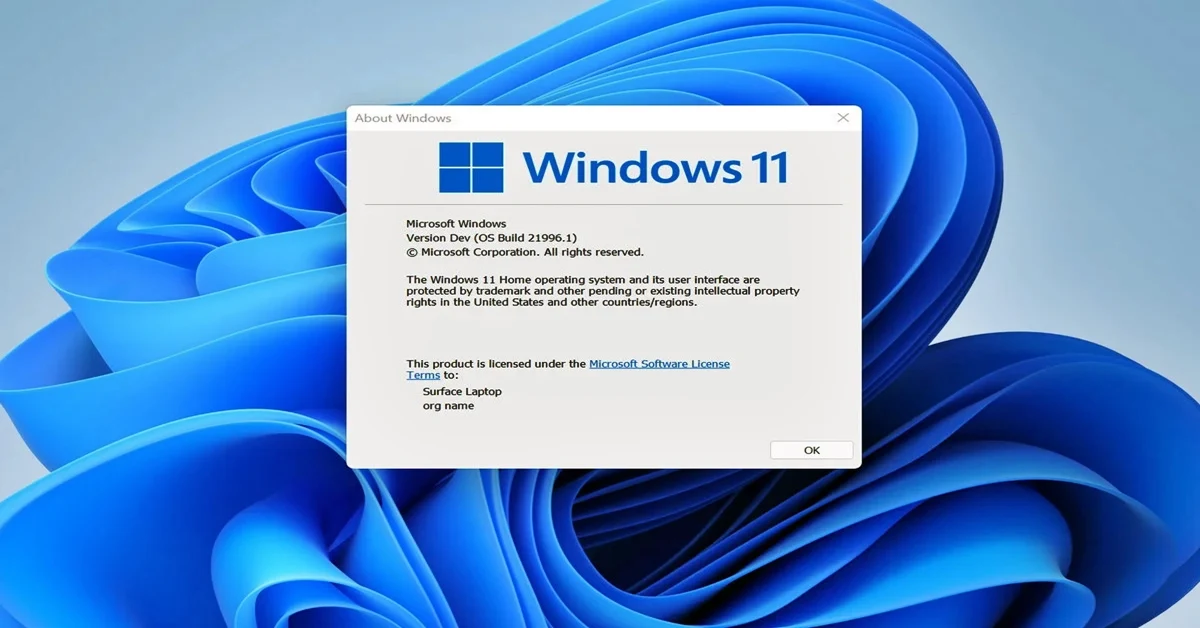Play The Audio Of The Article:
MS has released a new set of resources to help developers build Windows 11 widgets. These are small apps that can be placed on the Windows desktop, which will appear as interactive tiles with dynamic content and frequent updates. An app can have more than one tile if it is complex or has multiple functions.
For example, the weather app might have a tile for the main program, plus additional tiles for monitoring humidity, rain alerts, etc. The new resources are available from MS developer blog and include code snippets, different templates for creating widget-compatible apps, and UI controls optimized for compact spaces. The widgets will launch later this year alongside Windows 11 in a beta version accessible from the taskbar. Read more.
Create A Widget-Compatible Windows App
The first step in creating a widget is to create an app that is widget-compatible. This means ensuring that the app has a compact layout that can be displayed in a small space. Widget-ready apps should be designed to be interactive and frequently updated, while remaining visually simple and easy to navigate. The app should also be able to run independent of a web page or other external connectivity.
Widgets aggregate personalized content and quick actions from their favorite apps in one place. The widgets are quick and actionable. They aren’t trying to replace apps or websites, but rather provide instant access to the most-needed information or actions in order to consume and act on them. When you design your widget, consider the value it will provide your consumers.
On Monday, the software giant released developer guidelines for widgets, ensuring that this new feature of the OS is properly implemented. Every update is accompanied by new widget features and improvements to this function. Microsoft has made a significant investment on this front, so at this point, it’s pretty clear that they’re betting big on widgets in the long run. As more developers embrace widgets, it will take some time until the feature is adopted.
Windows 11 Widget Templates
To help users create widget-compatible apps, MS has released a set of widget templates designed to help users get started creating widgets. These templates contain the same code snippets used to create the Weather and Stocks widgets that were released in preview versions of Windows 11.
Besides the two templates for weather and stocks, the templates also contain a sample app that lets you create your own widgets from scratch. The sample app lets you choose from a variety of templates, and allows you to add text, images, and other content, as well as update them dynamically. The templates can also be used as a starting point for developing more complex widgets.
Windows 11 Widget UI Controls
The new controls in the Windows 11 widgets are designed with the small screen in mind. Although the widgets have been designed especially for Windows 11, they can also be used in other development environments. For example, if you are creating a classic desktop application, you could use the controls to create an app that could then also be deployed as a widget.
These new UI controls are designed to help developers create visually appealing and interactive widgets.
- Context menu: A menu in a compact control that allows users to perform a few common tasks.
- Images: A control that displays images, along with options to change the images.
- Text: A control that displays formatted text.
- Toggle: A control that has two states, either on or off.
- Date and Time: A control that displays dates, times, or both.
- Progress Bar: A control that shows how far along a process is.
- Rating: A control that allows users to rate items on a scale from 1 to 5.
- Button: A control that can have different actions, depending on the state.
- List: A control that lets users choose between a few different options.
- Rich Text: A control that is used to create formatted text.
- Table: A control that is used to display tabular data.
Conclusion
The Widget platform was first added to Windows 8.1, and has now been extended with several new features to make it even more powerful. With Windows 11, users will have many more options for using widgets on their desktops and laptops, whether they are using the classic desktop or the new modern user interface. Developers, on the other, will have new tools and resources to build apps for this popular Windows feature.


